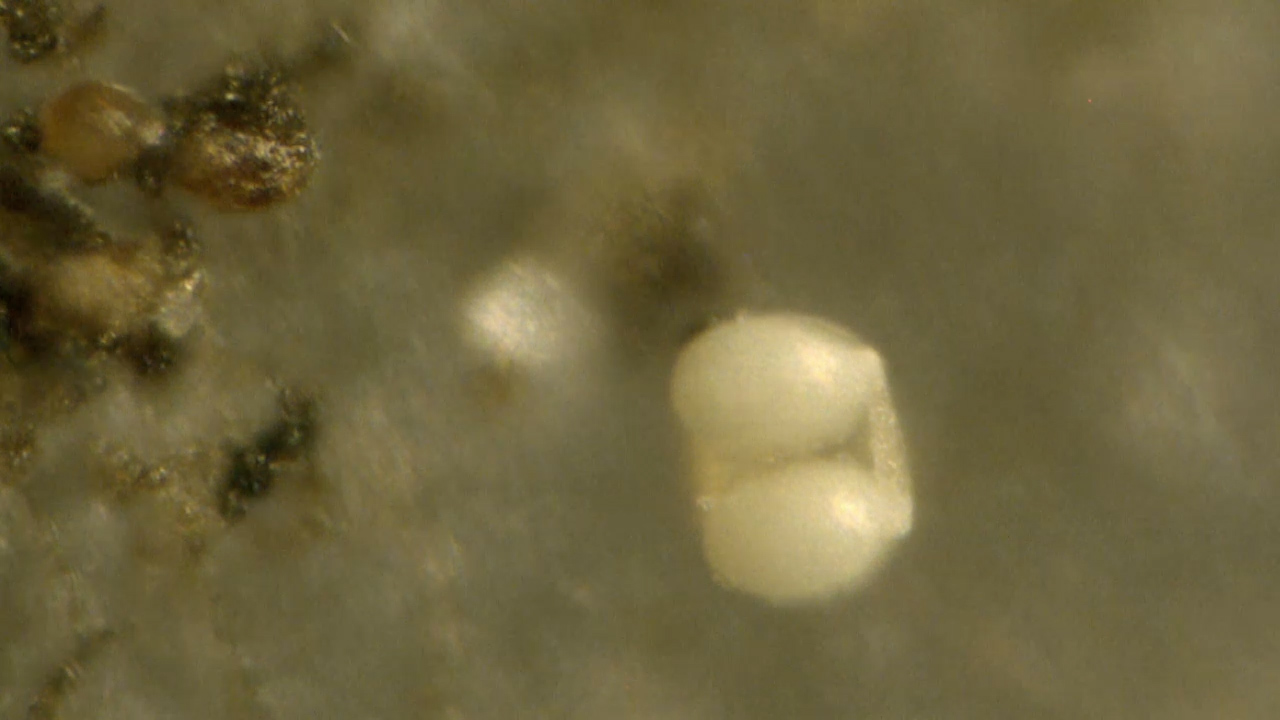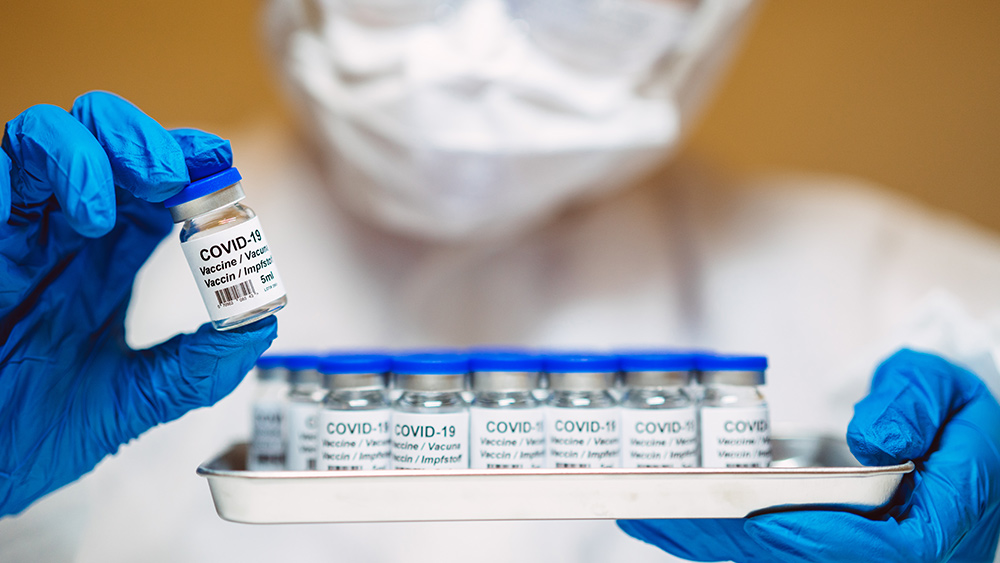 Parler
Parler Gab
Gab
- Infections caused by drug-resistant Candida auris have surged in the U.S. since 2016, with cases jumping from 52 to 4,514 by 2023. The CDC deems the superbug, which now affects 38 states, as an "urgent threat."
- The pathogen resists most disinfectants and antifungal drugs, including first- and second-line treatments like Diflucan and Mycamine. It survives on surfaces for weeks, increasing transmission risks.
- The fungus often enter through wounds or medical devices, leading to bloodstream infections with a 30 percent mortality rate. Vulnerable groups include hospitalized patients and those using invasive devices.
- Symptoms (fever, chills, wound infections) mimic common illnesses, delaying diagnosis. The fungus can also infect organs, making timely treatment critical.
- C. auris is spreading beyond hospitals into communities (e.g., Nevada) and globally. Researchers are developing new treatments, while hospitals use specialized "List P" disinfectants to curb outbreaks.
The spread of a lethal superbug
The fungus is not only spreading within hospitals, but is also beginning to affect the community. Nevada health officials have warned that C. auris may be spreading beyond healthcare facilities for the first time in U.S. history. This development is particularly concerning given the fungus's ability to survive on surfaces and its resistance to many common disinfectants. The threat of C. auris is not confined to the United States. Since its discovery in Japan in 2009, it has spread globally, causing outbreaks in hospitals and long-term care facilities worldwide. Meanwhile, the Public Health Agency of Canada has labeled it a "disease of public health significance." Researchers are working tirelessly to develop new treatments and improve detection methods. Healthcare facilities are adopting more stringent cleaning protocols, using specialized disinfectants designed to kill the fungus. Dr. Timothy Connelly of Memorial Health in Savannah, Georgia, emphasizes the importance of using "List P" disinfectants, which are specifically designed to combat C. auris. C. auris represents a significant challenge to global health. Its resistance to treatment, coupled with its ability to spread easily in healthcare settings, makes it a formidable adversary. However, with continued research, improved infection control measures and heightened awareness, it is possible to mitigate its impact and protect vulnerable populations. Watch this news report about deaths from C. auris infections in 2021. This video is from the InfowarSSideBand channel on Brighteon.com.More related stories:
Rare fungal infection spreads at Michigan paper mill, affecting 100 workers. Oregon hospital reports outbreak of rare fungal superbug. Fungal meningitis outbreak causes 7th death, CDC wants everyone to get "tested". Sources include: DailyMail.co.uk GlobalNews.ca MSN.com Brighteon.comHHS announces new CDC sub-agency focused on vaccine injuries
By Laura Harris // Share
How to detox from metals falling out of the sky
By Laura Harris // Share
Governments continue to obscure COVID-19 vaccine data amid rising concerns over excess deaths
By patricklewis // Share
Tech giant Microsoft backs EXTINCTION with its support of carbon capture programs
By ramontomeydw // Share
Germany to resume arms exports to Israel despite repeated ceasefire violations
By isabelle // Share










